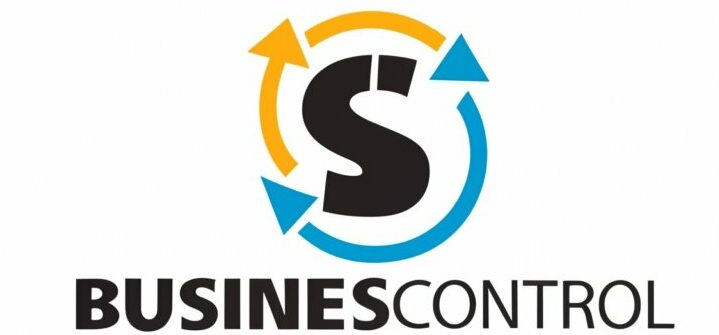In this dynamic landscape of modern business, data has been an essential asset for organizations to make strategic decisions and gain that competitive edge. Business analytics is the systematic exploration of data to derive valuable business insights that can be effectively used in rendering raw data into business intelligence. In this comprehensive guide, we will take you through the four types of business analytics and explain the importance they carry in making better business decisions and driving organizational performance.
Introduction to Business Analytics
Business analytics includes a wide array of methodologies and techniques focused on deriving meaningful insights from data to be used in the process of decision-making. Advanced statistical analysis, predictive modeling, and data visualization tools support organizations in gaining deeper insight into their operations, customer behavior, market trends, and financial performance. The potentials of business analytics are in the areas of opportunities, effective risk management, process optimization, and augmentation of overall business outcomes.
The Four Types of Business Analytics
1. Descriptive Analytics: This is the process of exploration and inference on data in the past. It only focuses on summarizing and visualizing data, trying to bring insight into what used to happen. Descriptive analytics answers basic questions like “What happened?” and “How did it happen?” It acts as the base for more advanced analytics techniques because it gives the context and understanding of past patterns.
2. Diagnostic Analytics: By this process, diagnostic analytics go beyond describing past events and also explain why something happened. The analysis is very deep into identifying the root causes of why such outcomes happened. It answers the questions: “Why did it happen?” “What factors have driven these outcomes to happen?” Most importantly, these key drivers and correlations inside data can give organizations insight into what is driving business performance.
3. Predictive Analytics: Predictive analytics is that activity that involves the use of historical data and statistical algorithms to predict the future. It leverages predictive modeling techniques in order to analyze patterns and make predictive predictions of future events. It thus enables prediction by an organization of upcoming market trends, customer behavior, demand patterns, and potential risks. In this regard, the identified organizational opportunities and threats indicate that organizations are already planning and strategizing to remain ahead of the competition.
4. Prescriptive Analytics: After predictive analytics comes prescriptive analytics, which informs a person exactly what kind of actions or steps are to be taken in order to derive the best possible benefits from the predictions made. It entails optimization algorithms, simulation models, and decision support approaches in predicting the best course of action based on predictive insights. It will predict not just what will happen but also how to make it happen, or in any case, prevent undesirable results. That gives the power to the decision-maker to drive business results by giving actionable recommendations on how to take advantage of the best possible opportunity to create value.
Driving Better Business Decisions with Business Analytics
Business analytics is a compelling instrument that enables an informed decision-making process at every organizational level. That is where business analytics helps, as the results from descriptive, diagnostic, predictive, and prescriptive analytics allow an organization to make data-driven decisions toward growth, innovation, and a competitive edge in the marketplace. Here’s how each of the business analytics drives better decision-making:
– Descriptive Analytics: Provides detailed representation regarding past performance and patterns; this allows an organization to benchmark its performance, look for patterns, and keep track of key performance indicators.
– Diagnostic Analytics: Allows organizations to bring out the root causes of a problem or opportunity so as to develop a solution for the problem, maximize processes, and enhance efficiency.
– Predictive Analytics: This tool allows the organization to predict future trends, risks, and opportunities, while making proactive actions on such decisions, resource allocations, and profitable emerging market trends.
– Prescriptive Analytics: Gives actionable recommendations to decision-makers on the selection of best strategies for optimization of resource use with the least risk of not meeting the desired outcomes.
Analyze bank statements is an exemplary use of business analytics, which organizations can harness to extract valuable financial insights. Through the application of descriptive analytics, organizations can effectively track cash flows, monitor expenses, and discern spending patterns using historical bank statement data. Diagnostic analytics enable organizations to pinpoint inefficiencies, detect fraudulent activities, and identify opportunities for cost reduction or revenue enhancement.
Predictive analytics goes a step further by forecasting future cash flows, liquidity requirements, and financial performance based on established historical trends and various external factors. Additionally, prescriptive analytics can suggest optimal cash management strategies, investment opportunities, and risk mitigation measures to enhance financial decision-making and promote superior business outcomes.
Conclusion
In conclusion, business analytics plays an indispensable role in empowering organizations to make informed decisions, drive innovation, and achieve strategic objectives. By leveraging the capabilities of descriptive, diagnostic, predictive, and prescriptive analytics, organizations can fully unlock the potential of their data assets and secure a competitive advantage in today’s dynamic business environment. Whether it involves analyzing historical performance, diagnosing underlying causes, predicting future trends, or prescribing effective strategies, business analytics equips organizations to navigate complexities, mitigate risks, and seize opportunities for sustainable growth and success.

